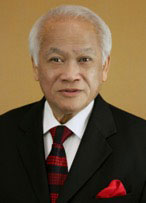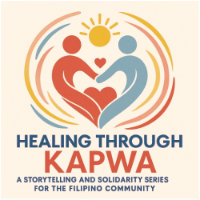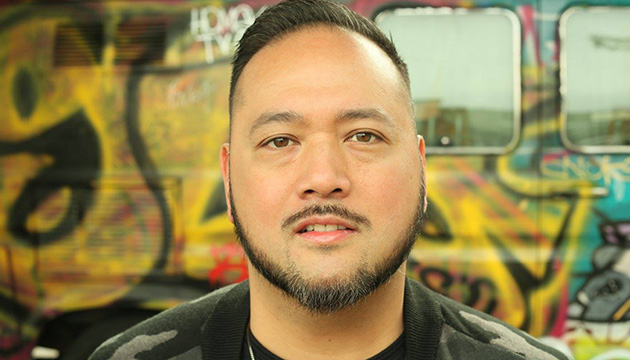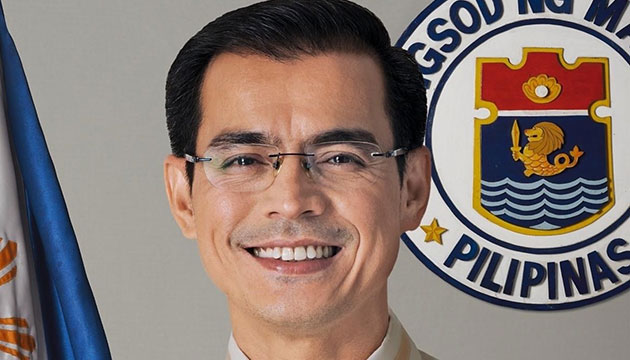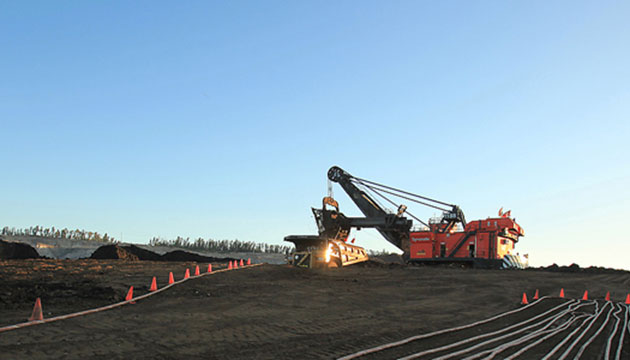(This is Part 19 of Dr. Pagtakhan's column, Medisina at Politika, on Covid 19.)
The New England Journal of Medicine and two science-oriented magazines, Nature and Science, recently reported on two extra-ordinary pharmaceutical achievements in the USA: 1) a COVID-19 vaccine from Pfizer and 2) an antibody treatment from Eli Lilly.
Pfizer’s vaccine, co-developed with BioNTech company and deemed 90% effective without safety concerns, has been shown to prevent COVID-19 infection and disease. While scientists have recognized its landmark value – the first compelling proof that a vaccine can prevent the disease – they seek answers to some questions: “To what extent does the vaccine prevent the most severe cases? Whether it stops asymptomatic carriers from spreading the disease? How well the vaccine works in different age groups?” Also, vaccine availability to the general public usually takes six months to a year. Its impact on public health requires a public willing to be vaccinated.
Eli Lilly’s antibody treatment, “bamlanivimab,” is aimed to stop mild or moderately ill patients from worsening to severe requiring hospitalization.
These two promising prescriptions should not let our guard down on the urgent realities of today’s pandemic situation but should motivate us even more to comply with public health directives and, thereby, harvest the benefits of these medical advances.
Two exciting developments, BUT neither promise would be realized anytime soon!
Face Mask, Face Mask, Face Mask!!!
Hence, the necessity to continue to wear face mask, in addition to complying with other public health directives, while waiting for the two promises. This is not meant to dampen our enthusiasm, but to be conscious of today’s urgent realities.
Nov. 10th Update: On the spread of the COVID-19 virus and the community use of cloth masks to control the spread, the US Centers for Disease Control and Prevention (CDC-USA) has recently updated its statement and recommendation:
1. Infection is transmitted predominately by respiratory droplets generated when people cough, sneeze, sing, talk, or breathe;
2. Community use of masks, specifically non-valved multi-layer cloth masks, is recommended;
3. The prevention benefit of masking is derived from the combination of a) source control and b) personal protection for the mask wearer;
4. The relationship between source control and personal protection is likely complementary and possibly synergistic, so that individual benefit increases with increasing community mask use;
5. Masks are primarily intended to reduce the emission of virus-laden droplets (“source control”), which is especially relevant for asymptomatic or presymptomatic infected wearers who feel well and may be unaware of their infectiousness to others, and who are estimated to account for more than 50% of transmissions;
6. Masks also help reduce inhalation of these droplets by the wearer (“filtration for personal protection”);
7. The community benefit of masking for control of the COVID virus is due to the combination of these effects; individual prevention benefit increases with increasing numbers of people using masks consistently and correctly;
8. Adopting universal masking policies can help avert future lockdowns, especially if combined with other non-pharmaceutical interventions such as social distancing, hand hygiene, and adequate ventilation.
Body of Evidence: Seven observational and epidemiological studies have shown the “real-world” effectiveness of community masking. Combined with mass testing, contact tracing, isolation and quarantine, and treatment, plus targeted lockdowns when still feasible, would reinforce each other as a collective public health tool.
A Sad Narrative: It is perfectly understood when a group, for wholly medical reasons or very young age, is unable to don a face mask. It is another thing when some public health officers and government leaders surrender their sound grounding in public health policy and science and side with, admittedly, a small minority of the community who would not accept a directive to wear mask when indoors in public places. It is even more unfortunate when political leaders would argue that mandating use of face mask would infringe on a citizen’s personal freedom.
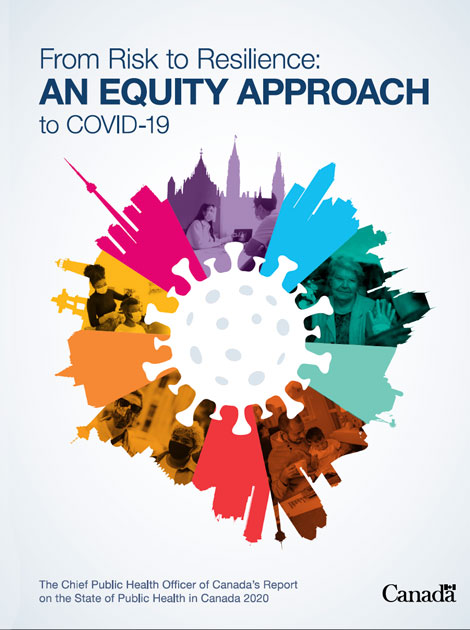 In her report on the state of public health, Canada's Chief Public Health Officer Theresa Tam calls for concerted effort between the federal, provincial and territorial governments to limit the spread of COVID-19.
In her report on the state of public health, Canada's Chief Public Health Officer Theresa Tam calls for concerted effort between the federal, provincial and territorial governments to limit the spread of COVID-19.
Indeed, there is a clear danger when public health directive says one should wear a face mask “if one chooses to” or masks are not mandatory but “feel free to wear one if you wish.” Such type of directive is at once weak. It lacks resolve. We cannot allow a public health order that vacillates in clarity and firmness.
Even the doctrine of personal freedom does not lend support for a permissive compliance directive, contrary to the claim of some premiers and a minority of the citizenry. It is not a valid argument. Citizens know or ought to, as contributing opinion writer Michael Tomasky of New York Times recently reminded us and re-echoed by columnist Andrew Leach of CBC News on the birth of this doctrine. Wrote John Stuart Mill in his 1859 essay On Liberty: “The only purpose for which power can be rightfully exercised over any member of a civilized community, against his will, is to prevent harm to others…Over himself, over his own body and mind, the individual is sovereign…The principle requires liberty of doing as we like, subject to such consequences as may follow; without impediment from our fellow-creatures, so long as what we do does not harm them even though they should think our conduct foolish, perverse, or wrong. By action or inaction (refusing to don a mask), an ‘infected’ citizen may not infect others.”
Here I quote US President-elect Joe Biden who spoke eloquently on the importance of wearing face masks: “I view wearing this mask not so much protecting me, but as a patriotic responsibility. All the tough guys say, ‘Oh, I’m not wearing a mask, I’m not afraid.’ Well, be afraid for your husband, your wife, your son, your daughter, your neighbor, your co-worker. That’s who you’re protecting having this mask on, and it should be viewed as a patriotic duty, to protect those around you.”
Let me add: recent study has shown that use of face masks protects the wearer as much as he protects others.
Mix of Headlines and Insightful Commentaries
Mixed with these good-news announcements, the preceding half month has seen the following headlines– some alarming, others uplifting – and commentaries (items 1 to 17):
1. Rapid response team sent to Winnipeg care home after 8 deaths in 48 hours. – CTV News, November 7.
2. Social gatherings banned; non-critical businesses closed as all of Manitoba moves to red alert level. - Bryce Hoye, CBC News, November 10.
3. Experts fear Alberta hospitals will be unable to cope with COVID surge. - Hannah Kost, CBC News, November 10.
4. Manitobans told to batten down the hatches. - Carol Sanders, Winnipeg Free Press, November 10.
5. Hundreds of Alberta doctors, 3 major health-care unions join calls for 'circuit-breaker' targeted lockdown. - Joel Dryden, CBC News, November 12.
6. Manitoba posts record-tying 9 COVID-19 deaths and 474 new cases on Thursday - CBC News, November 12.
These headlines capture the alarming number of patients and deaths that have placed a nearly unbearable burden on the availability of hospital beds and intensive care units and on doctors, nurses, and other frontline health care workers. They reflect the distressing concerns of public health officials witnessing enormous spread of the virus that can only continue to spread in an exponential speed and scope unless more severe restrictions are mandated, but palpably resisted by some political leaders. These headlines also reflect the frustration of health care providers who have been pushed to openly and publicly make their deep concerns – increasing caseloads and shortage of staffing - known to the government.
Indeed, the situation has prompted editorial boards and columnists to make their insights and criticisms known through their thoughtful commentaries as conveyed in the editorials and op-eds below:
7. Canada needs a more aggressive COVID strategy to break the cycle of lockdowns. - The Globe and Mail, November 8.
8. You cannot slow the spread of the coronavirus by loosening restrictions. - Andre Picard, The Globe and Mail, November 8.
9.The pandemic is picking up speed, but the Ford government is easing restrictions. It makes no sense. - Globe and Mail, November 9.
10. Bonnie Henry contained B.C.'s first wave of the virus. The second wave is hitting much harder. - Globe and Mail, November 10.
11.On COVID-19, Jason Kenney refuses to take responsibility - Columnist Andrew Leach, CBC News, November 10.
12. COVID action needed - Editorial Board, Edmonton Journal, November 12.
These editorials and commentaries are balanced, fair and called for. They have raised the need for clarity in public health communication and for timeliness in adopting needed public health measures. They have asked for more direct measures than simply bank on goodwill on the part of the public, important as it may be. They reject the fallacy that “it is either choose to protect people from the virus or protect the economy.” Means exist to do both.
And where they felt public health officials in a municipality have taken the bold and wise decision beyond the provincial initiative, they have duly acknowledged such display of courageous leadership as in the op-ed below:
13. Lawyers be damned: Toronto needed some courage. Dr. Eileen de Villa and John Tory provided it. - Bruce Arthur, Toronto Star, November 10
Uplifting news have been reported as when announcements about a vaccine and antibody treatment were made, viz:
14. What has Pfizer’s Covid vaccine trial found, and is this a breakthrough? – The Guardian, November 9.
15. US authorizes first antibody treatment. – Nature, November 9.
At the same time, they have been prompt to inject guarded optimism following such good news announcements:
16. There’s new hope for a coronavirus vaccine, but let’s not celebrate too quickly. - Columnist Andre Picard, The Globe and Mail, November 9.
17. But easy is not part of the viral vocabulary. - Editor Paul Samyn, Winnipeg Free Press, November 10.
Wrote the Winnipeg Free Press: “Fortunately, Manitoba Premier Brian Pallister gets it. So too, does U.S. president-elect Joseph Biden. It would have been easy for both to put more stock in Pfizer’s coronavirus vaccine announcement than the tools in hand to deal with the task we all face. But easy is not part of the viral vocabulary.”
And the Free Press noted the twin messages from both Manitoba Premier Brian Pallister and US President-elect Joe Biden. Said the Premier: "It takes time. Don’t let your guard down because you think there is a vaccine right around the corner.”
Echoed the US President-elect: "This is why the head of the CDC (US Centers for Disease Control and Prevention) warned this fall that for the foreseeable future, a mask remains a more potent weapon against the virus than the vaccine. Today's news does not change this urgent reality. Americans will have to rely on masking, distancing, contact tracing, hand washing and other measures to keep themselves safe well into next year… That is the reality for now, and for the next few months."
The Current Canadian Reality
The country is in the midst of the second wave. The numbers below, as of November 10, provide the basis for immediate action (from Johns Hopkins University and CTV News coronavirus trackers).

Across Canada and the World
Across Canada and the other 190 countries of the world, the pandemic continues to exact its toll on human lives and the economy. Professor Devi Sridhar, chair of global public health at the University of Edinburgh, has this to say: “The best option, for the health of people and that of the economy, is to pursue a “maximum suppression” approach, which means pushing numbers low enough to avoid a repeated cycle of lockdowns. Crucially, this doesn’t mean an actual lockdown, but a strategy similar to that seen in east Asian Pacific countries (Australia, New Zealand, South Korea, Taiwan):
1. Stronger border measures to prevent reimportation of the virus,
2. Good guidance to the public about how to avoid crowded settings,
3. A robust system of testing, tracing and isolating, and
4. Financial support, generously paying those who test positive with the virus to stay at home.
And what kind of leadership do we need? Integrity, competence, kindness, compassion, empathy, vision, and hard work: these seem to be the core traits of the leaders who have won the trust of their populations and led their countries effectively through this crisis.


